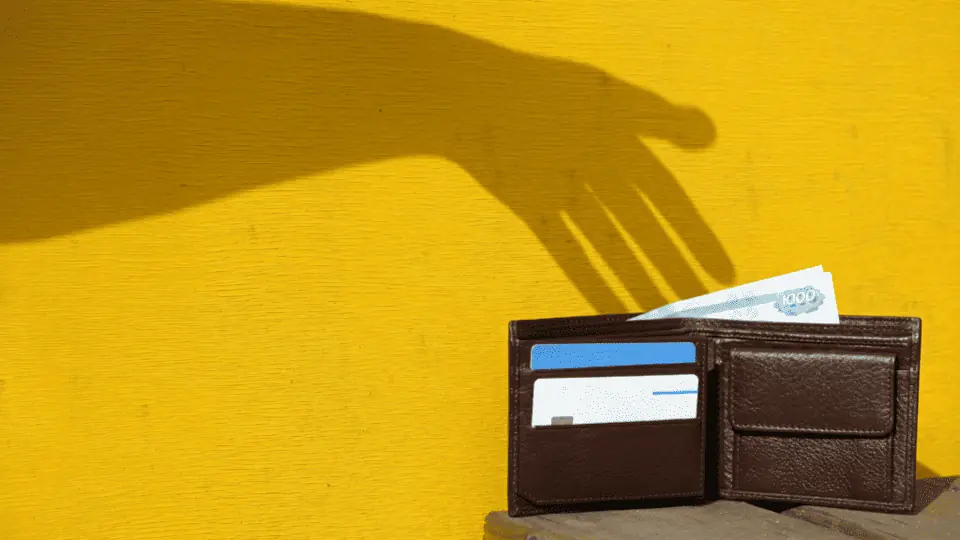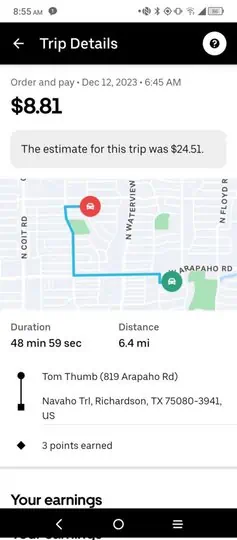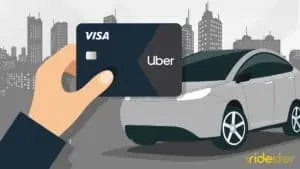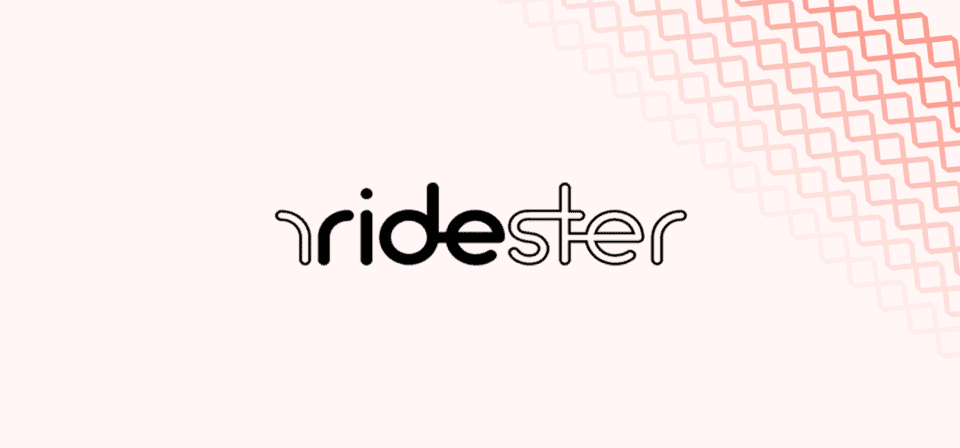Key Takeaways
- “Tip baiting” involves initially offering and then reducing or removing a tip post-delivery.
- It exploits delivery platforms’ policies, impacting drivers’ expected income unfairly.
- Platforms like Uber Eats and Instacart allow tip modifications, causing controversy.
- Drivers advocate for protections against tip baiting; some customers defend it for service quality.
What is Tip Baiting?
“Tip baiting” refers to the practice where a customer initially leaves a tip to encourage a delivery driver to accept and prioritize their order, and then removes or reduces the tip after the order has been delivered.
This tactic is used by some customers to ensure faster or prioritized service by creating the illusion of a higher payout for the driver. However, after the delivery is completed, these customers take advantage of platforms like Uber Eats which allow tip alterations for a period after delivery completion, to reduce or entirely remove the tip.
This practice can be particularly frustrating for drivers, as it affects their expected income and can be perceived as misleading or unfair.
Which Platforms Allow Tip Bating?
Uber Eats and Instacart are both known to permit tip baiting, with drivers with both platforms widely reporting the practice as a widespread issue.
Uber Eats displays an “anticipated” payout to drivers, which includes a tip amount that customers can modify up to an hour after delivery. This policy has led to instances of tip baiting.
Similarly, Instacart allows customers to modify their tip amount after the delivery has been completed. However, Instacart actively combats this issue by deactivating customers who regularly engage in tip baiting.
According to a press release from Instacart,
Instacart’s first-of-its-kind tip protection offering will protect shoppers from customers who remove a tip without reporting an issue with the order. This protection will apply when a customer zeroes out their tip after delivery without reporting an order issue.
Instacart will cover the amount of the zeroed-out tip, up to $10, to ensure shoppers are not adversely affected. While having a tip zeroed out after delivery is exceedingly rare, Instacart wants to ensure that shoppers are supported in the event that this happens.
In contrast, DoorDash and Grubhub have challenged the practice directly, with both having created policies against changing tips after order completion, thereby minimizing the occurrence of tip baiting on their platforms.
The Debate Over Tip Baiting: Thoughts From Drivers Vs Customers
The practice has sparked debate, with drivers condemning it as unfair, while some customers justify it due to high costs of food delivery.
It’s tough for me to see both sides of the argument because I don’t think it should even be an issue to begin with, yet it is hard to remain unbiased. Personally, I think it is a wildly unethical practice, yet it is completely avoidable.
However, you will rarely see a driver or customer that falls into a middle ground and sees both sides equally.
What Drivers Think of Tip Baiting
I hear time and time again how frustrated drivers are with tip baiting. As a driver myself, I cannot help but agree. There is nothing more demoralizing than to earn a tip, then have it taken away. It feels deceptive and unfair.
I don’t think that these platforms should even allow customers to change their tip. At least, if they do, there should be a good reason why. If I accidentally tipped $100 instead of $10, that makes sense, but allowing these changes opens the platforms up for abuse.
Nearly all of the drivers I have talked to about this issue suggest that if a customer wants to remove a tip, they should be required to provide a reason. Others propose that drivers should still be paid the originally promised tip by the platform, even if the customer removes it.
My solution would be to still allow customers to change their tip, but make it much harder to do so without cause.
At the end of the day, there should be protections in place for everybody, not just the customer. After all, the customer is, in fact, not always right – especially in cases of clear unethical practices.
On the other end of the spectrum, while tip baiting can seem like exploitation, I believe that drivers should not directly fall into this trap. It’s a pretty clear case of “if it sounds too good to be true, it probably is”.
What Customers Think of Tip Baiting
Some customers justify tip baiting as a response to the high costs associated with food delivery. They argue that the practice is a way to manage their expenses while using these services.
Customers also point out that tip baiting allows them to adjust the tip based on the quality of service received. If the delivery is late or the order is incorrect, they feel it’s reasonable to reduce or remove the tip.
My direct counter to this argument would be… “then wait for after the order is completed, and then tip from there.” If you can honestly look in the mirror and be true with yourself that you didn’t purposely intend to change the tip, something is clearly wrong in your head ethically.
There is no way to justify this. If you try, I encourage you to sign up to drive for one of these platforms, experience tip baiting yourself, and then adjust your mentality accordingly. I highly doubt that after you experience it, you’d do it again.
While some customers recognize that tip baiting exploits the system and can be unfair to drivers, they argue that the responsibility lies with the delivery platforms to ensure fair compensation and transparent policies.
I can also get behind this line of thinking, as I don’t think this should even be allowed to begin with.
Why Aren’t There Class-Action Lawsuits Against Tip Baiting?
The lack of class action lawsuits against tip baiting in the food delivery industry is due to factors like the independent contractor status of drivers, which limits legal protections compared to traditional employment.
The difficulty in proving significant financial harm from tip baiting, variability in its occurrence, and efforts by platforms like Instacart to mitigate it through customer deactivation also play a role.
Furthermore, some regulatory actions, like in New York City, aim to protect food delivery workers, reducing the impetus for legal action.
What Can You Do About Tip Baiting?
To address tip baiting as a driver, consider the following points:
- Acceptance of High-Paying Orders: Despite the risk of tip baiting, it’s still advisable to accept high-paying orders, as the majority are likely to pay as expected.
- Providing Quality Service: Good customer service, timely deliveries, and ensuring order accuracy can minimize the risk of tip reduction due to customer dissatisfaction.
- Attention to Order Details: Paying attention to all parts of the order, such as drinks that are often missed, can help avoid issues that might lead to reduced tips.
- Dealing with Tip Baiting Incidents: If you experience tip baiting, contacting the platform’s support and explaining the situation can sometimes result in compensation. Asserting that the initial offer is a legally binding contract for service, not just a tip, may help in discussions with support staff.
- Awareness of Platform Policies: Being aware of the policies of the platform you are working with, especially concerning tips and payments, is crucial. Some platforms might have more supportive policies for drivers in cases of tip baiting.
- Advocacy for Policy Change: Advocating for changes in how platforms handle tips and payments can be a long-term solution. This includes suggesting that platforms treat the initial payment offer as a bid for service and enforce stricter rules against tip baiting.
My Thoughts: The Final Verdict
The debate over tip baiting reflects a deeper issue related to the gig economy, where the balance between fair compensation for service providers and customer satisfaction is challenging to maintain.
While drivers demand more protection and fairness, customers seek flexibility and value for money, creating a contentious situation that delivery platforms must navigate.
As I’ve said multiple times before, I think that delivery platforms should directly challenge these types of practices. Instead of focusing on growing market share, they should truly care about their contractors and the people out on the front lines actually doing the work.
What do you think of tip baiting? Has it happened to you? Tell us your story and let us know your thoughts in the comments below.






